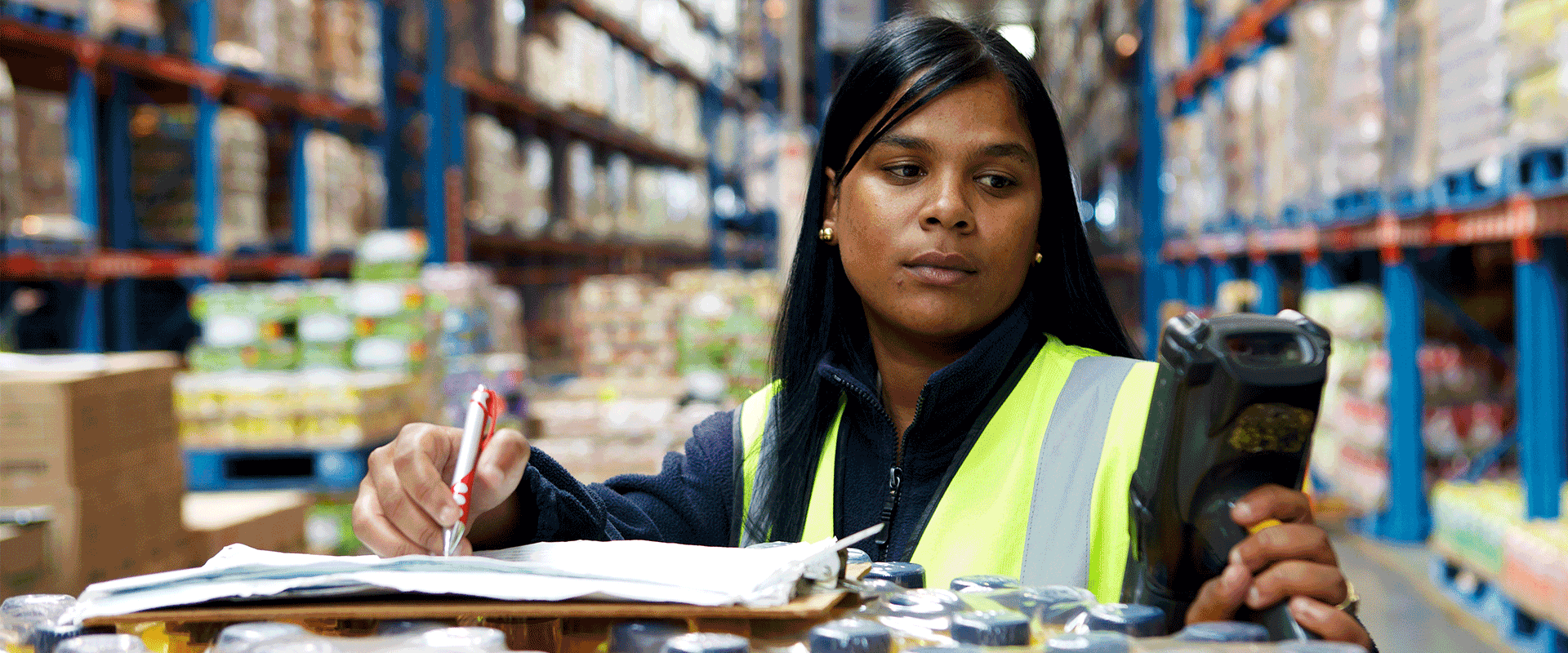
How Are US Chemicals Companies Mitigating Supply Chain Risk?
Insights From the 2021 L.E.K. Consulting Specialty Chemicals Study
- Article

Insights From the 2021 L.E.K. Consulting Specialty Chemicals Study
Supply chain concerns — the result of COVID-19 and continued global upheaval — have led chemicals companies to restrategize their sourcing tactics, turning to onshore supply and a greater number of raw materials suppliers. Over the past 18 months, chemicals companies have primarily focused on sourcing locally and diversifying their supply bases with at least one new raw materials supplier, among other tactics.
While those risk mitigation strategies have been a high priority over the past 18 months, organizations anticipate keeping them in place over the next three years, albeit at a lower rate than during COVID-19. A diverse, local supply base may be here to stay — yet another part of the new normal.
Those are among the key findings of L.E.K. Consulting’s 2021 U.S. Specialty Chemicals Study. The results of this first annual overview of the U.S. specialty chemicals industry suggest that industry leaders may still want to revisit their suppliers, diversify risk and consider increasing their inventory to remain profitable in a changing landscape.
The survey of 260 chemical-sector professionals across a broad range of industries and executive functions was conducted in late 2021. It was geared toward specialty chemicals, which are substances or formulations produced with specific performance attributes and functionality for a focused set of applications. Among the major issues facing the chemicals industry, L.E.K. explored the impact of the coronavirus pandemic and other recent disruptions on chemicals supply and distribution.
Here is what industry professionals told us about how supply chain concerns have changed, how chemicals companies are mitigating supply chain risk and how they’re planning ahead.
Which supply chain risks are keeping chemicals industry professionals up at night? Asked to name their top two concerns, an overwhelming number (68%) cited supply volume. Close behind were on-time shipping (58%), product consistency (51%), price stability (50%) and the financial stability of their suppliers (44%).
Predictably, the pandemic added to the stress. Asked which of their concerns had increased the most during the pandemic (see Figure 1), respondents cited on-time shipping (72% said it went up “significantly” or “moderately”), price stability (70%) and supply volume (64%).
In addition to chemicals manufacturers, chemicals distributors have experienced a significant impact from shortage, with over 85% reporting that the reliability of supply and on-time shipping was their No. 1 business concern over the past 18 months. That is a significantly higher level of concern than in March 2020.
To mitigate risk during the pandemic, industry professionals have turned to two main approaches:
Sourced more raw materials locally. Forty percent of those surveyed report they reduced imports and sourced more supply locally over the past 18 months while scrutinizing existing suppliers to limit delays and liability. Over two-thirds of all raw materials utilized by specialty chemicals companies are now sourced domestically, a trend that is projected to continue through fiscal year 2024.
Increased the number of raw materials suppliers. Professionals report they have diversified their supply base, with over a third (38%) of those surveyed saying they have increased their number of suppliers since March 2020 (see Figure 2). While all chemicals industry segments have seen an uptick in the number of raw materials suppliers per company, the survey indicates the industry as a whole has added an average of one supplier per company since March 2020, and industrial specialty chemicals companies added an average of 1.2 suppliers.
In the long term, L.E.K. found that supply-chain risk mitigation methods accelerated during COVID-19 and are likely to continue, though not at the same pace given the large shift in strategies that occurred in 2021. For example, most of the surveyed professionals involved in manufacturing (38%) and distribution (27%) report they expect to continue adding new on-shore capacity over the next three years, but at a slower rate than during the COVID-19 period (see Figure 3).
That said, supply chain disruption is likely to continue beyond the pandemic, as more (and more severe) global upheavals play out. What can chemicals companies do to de-risk their supply chains over the next few years? And what should investors look for? Chemicals companies are continuing to explore current approaches as well as more aggressive options for the future, such as vertical integration strategies.
The supply chain isn’t the industry’s only pressing concern. What do leaders say about the future of sustainability initiatives? We’ll explore that issue in our next article on the 2021 U.S. Specialty Chemicals Study.
